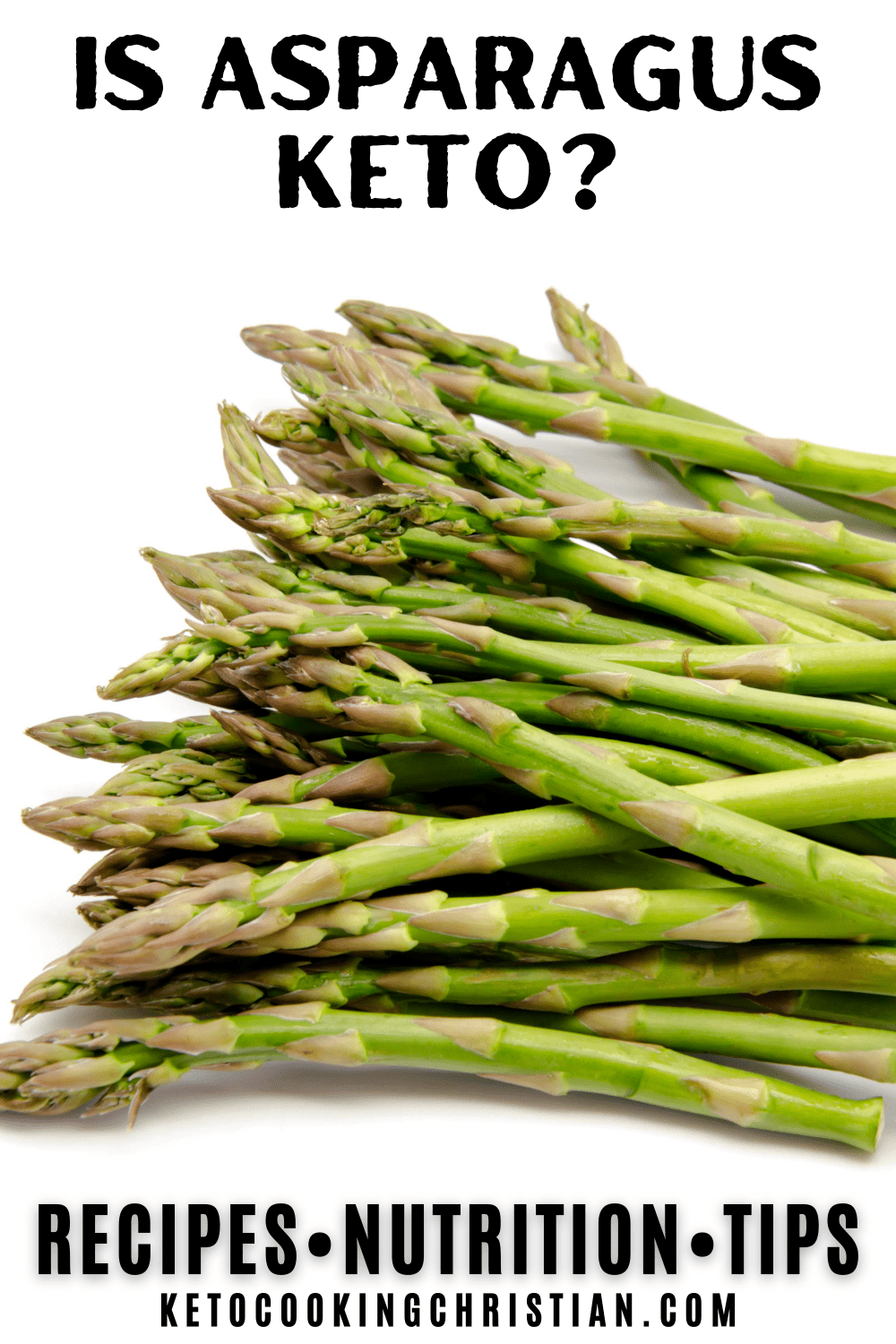Is Asparagus Keto? Best Keto Asparagus Recipes
Is Asparagus Keto? If you’ve had that question, this article has all the answers for you. You’ll also discover some of the best Keto asparagus recipes that are low carb, but never compromise on flavor.
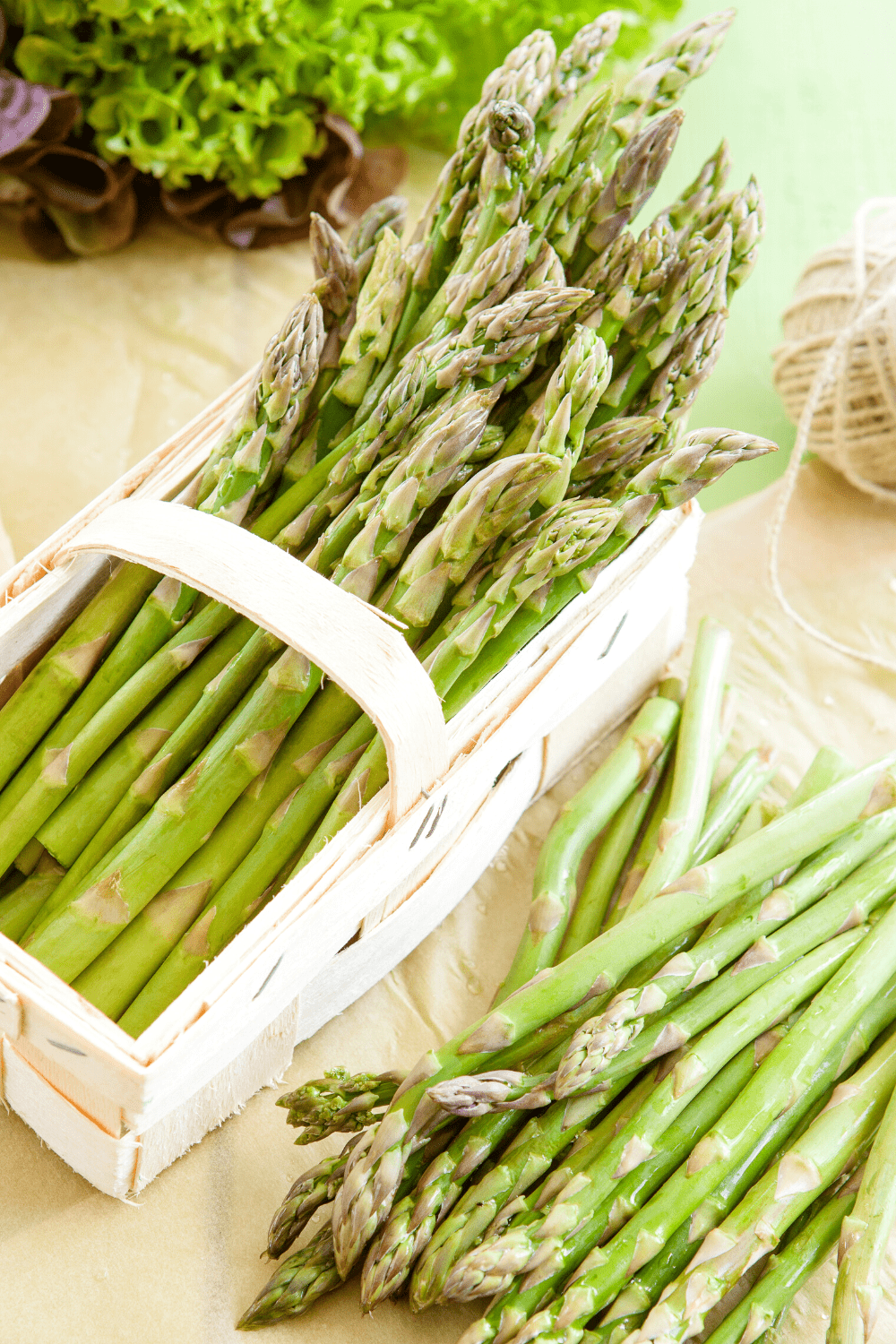
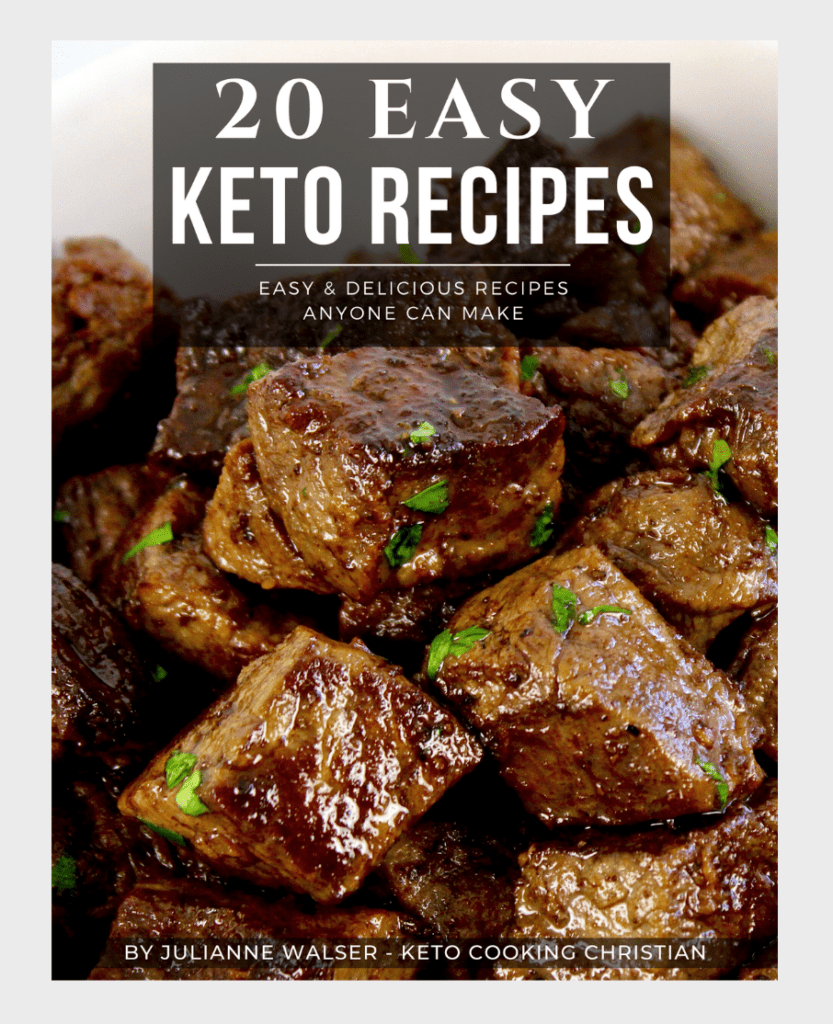
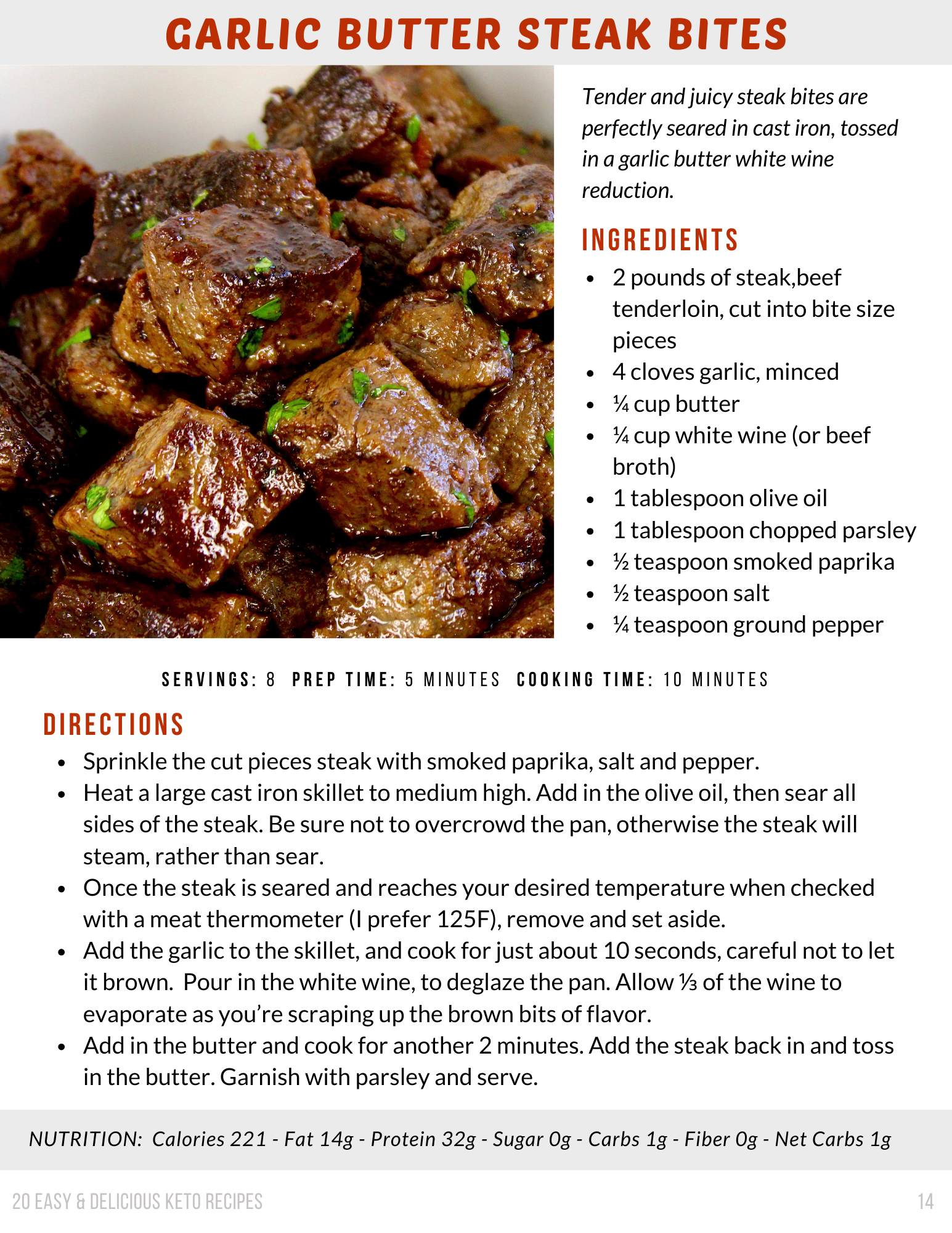
Download FREE COPY OF
20 Easy Keto Dinners eBook
Easy and delicious Keto recipes that anyone can make!
Asparagus is a very versatile and super nutritious vegetable that can be enjoyed in a variety of dishes. But for those following a ketogenic diet, one question that always comes up is, “Is asparagus keto-friendly?”
In this article, we break down all the facts about asparagus and what role it plays in a low-carb or keto diet.
Can You Eat Asparagus on a Keto Diet?
Asparagus is a wonderful vegetable for Keto or any diet. It’s low in calories and carbs, and contains high amounts of fiber, which helps to promote feelings of fullness.
Another benefit of asparagus on a Keto is its versatility in cooking. It can be grilled, roasted, steamed, or sautéed and incorporated into many different dishes, making it an easy and delicious addition to any meal.
How Many Carbs in Asparagus?
One cup of asparagus typically contains approximately 5 grams of total carbohydrates, with around 2 grams of dietary fiber, bringing the net carbs to about 3 grams.
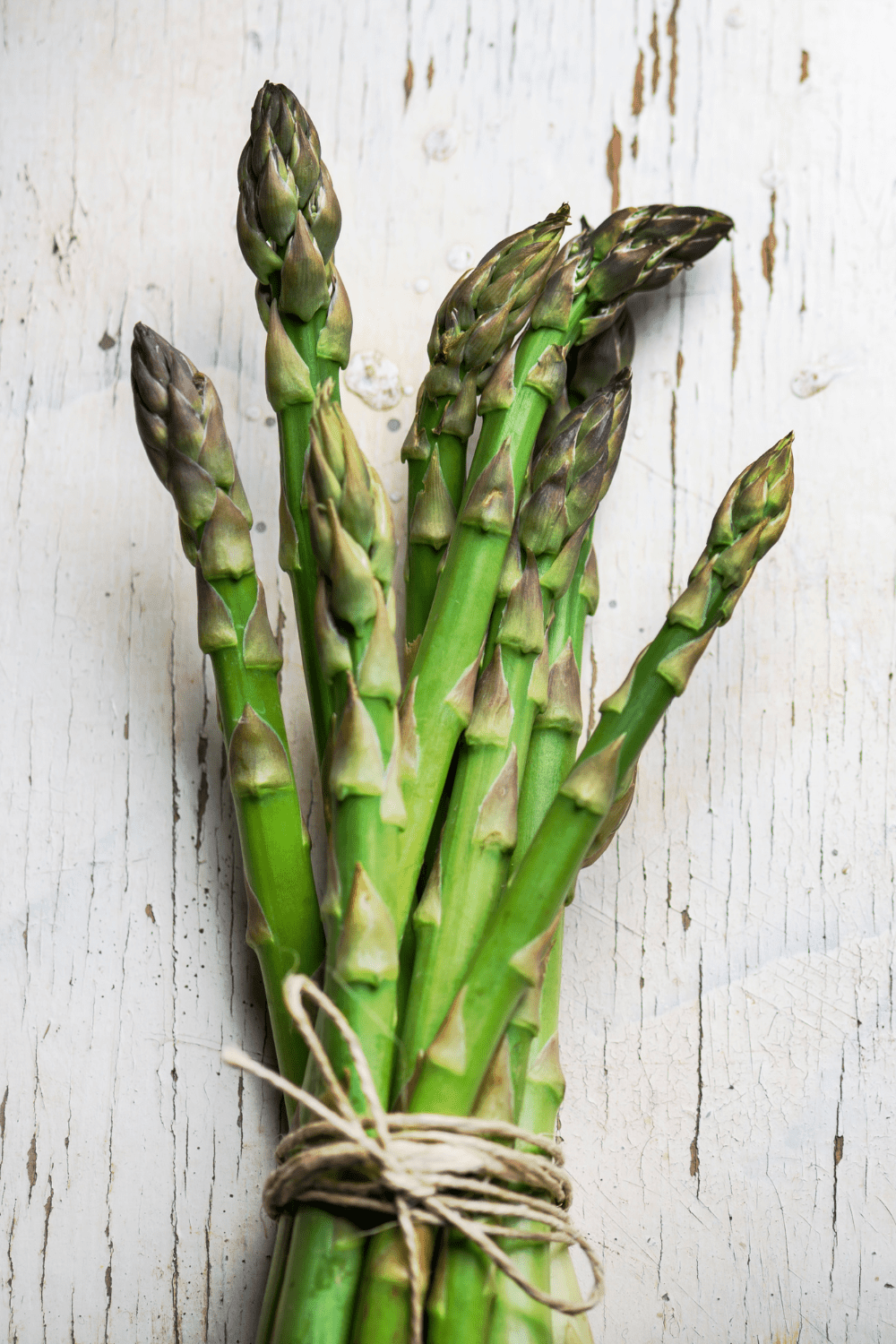
Health Benefits of Asparagus
Asparagus is a nutrient-dense vegetable that contains a variety of vitamins and minerals, such as, vitamin K, vitamin C, vitamin A, folate and potassium.
It’s also a great source of fiber and other nutrient such as iron, manganese, and zinc.
Asparagus Nutrition
These values are for one cup of uncooked asparagus:
- Calories: 27
- Fat: less than .05 grams
- Protein: 2 grams
- Carbs: 5 grams
- Fiber: 2 grams
- Net carbs: 3 grams
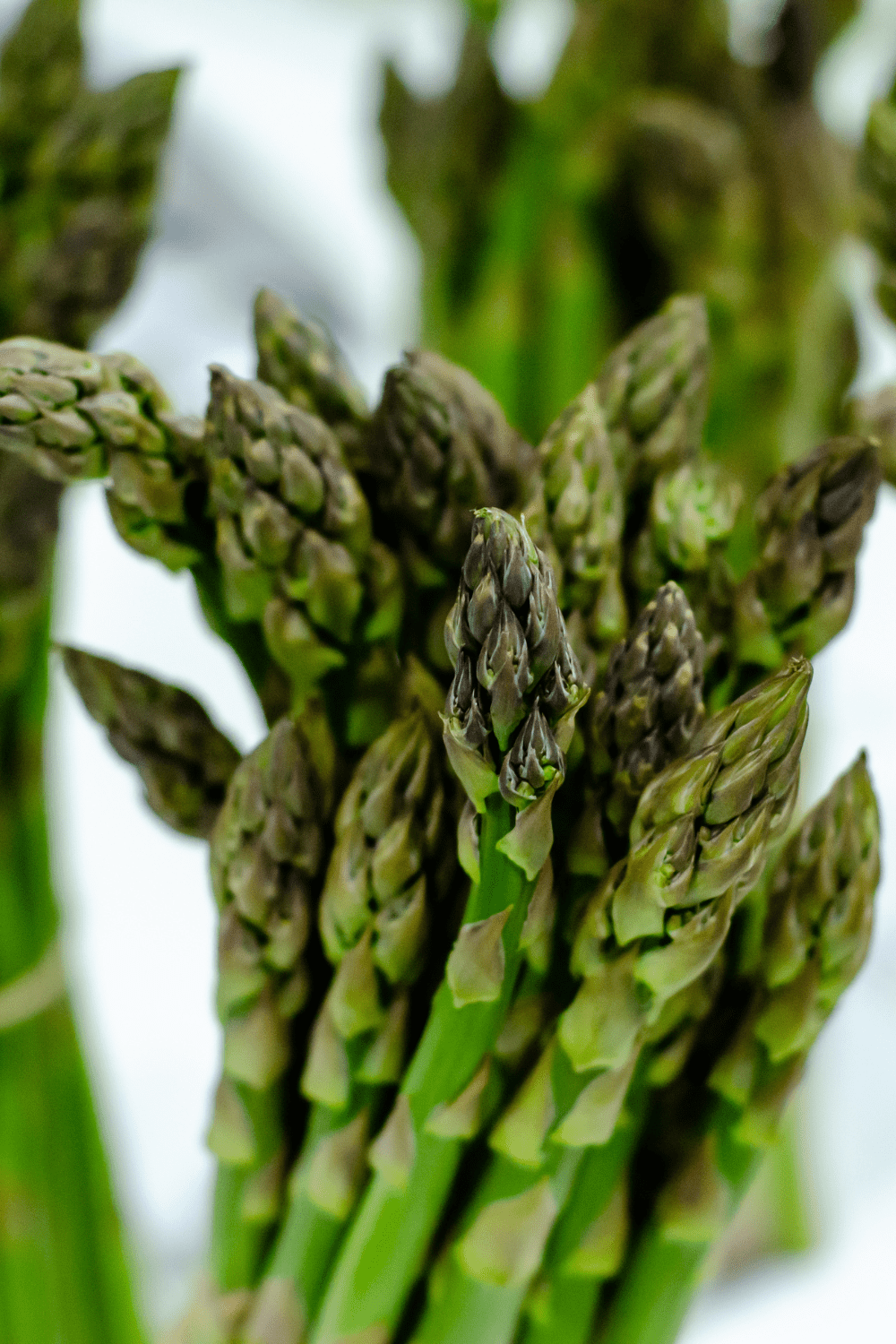
Tips for Buying and Storing Asparagus
- Color: Look for bright green spears that are firm and straight. Avoid any that are limp, wrinkled, or discolored.
- Check the tips: Make sure the tips of the asparagus are tightly closed and not starting to flower. This indicates that they are fresh and haven’t been sitting on the shelf for too long.
- Look at the ends: Check that the cut ends of the asparagus are not dried out or moldy. If they are, this can be a sign that the asparagus is old or has not been stored properly.
- Store it properly: Store asparagus in the refrigerator, standing upright in a container of water, with a plastic bag loosely covering the tops. This helps keep the asparagus hydrated and fresh.
- Use quickly: Asparagus is best eaten within a few days of purchase, so try to use it soon after buying.
- Trim the ends: Before cooking, trim off the woody ends of the asparagus by snapping them off at the natural breaking point, or by cutting off the bottom inch or so.
- Blanch and freeze: If you have more asparagus than you can use before it goes bad, consider blanching it and then freezing it for later use.
Best Keto Asparagus Recipes
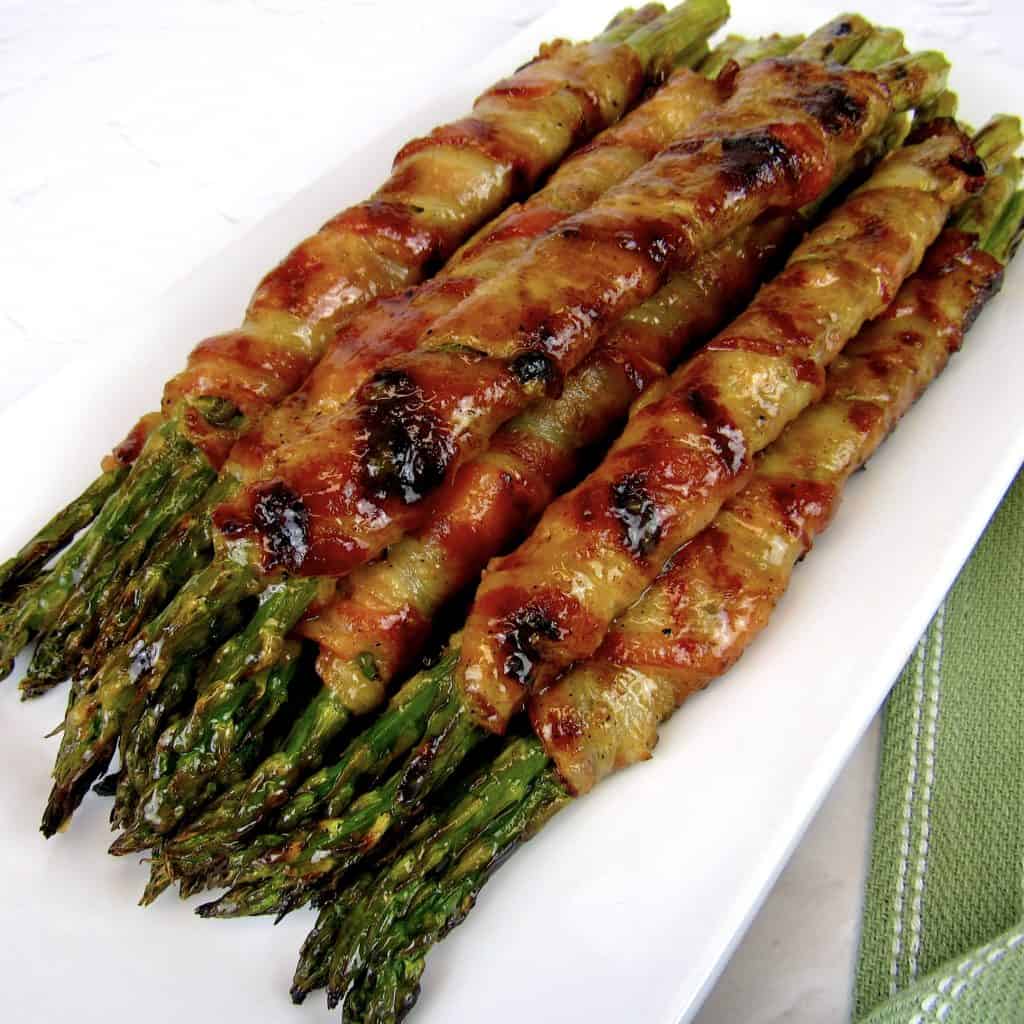
Grilled Bacon Wrapped Asparagus

Cheesy Roasted Asparagus with Crispy Prosciutto

Air Fryer Asparagus

Baked Salmon with Asparagus (Sheet Pan)
More Keto Articles
